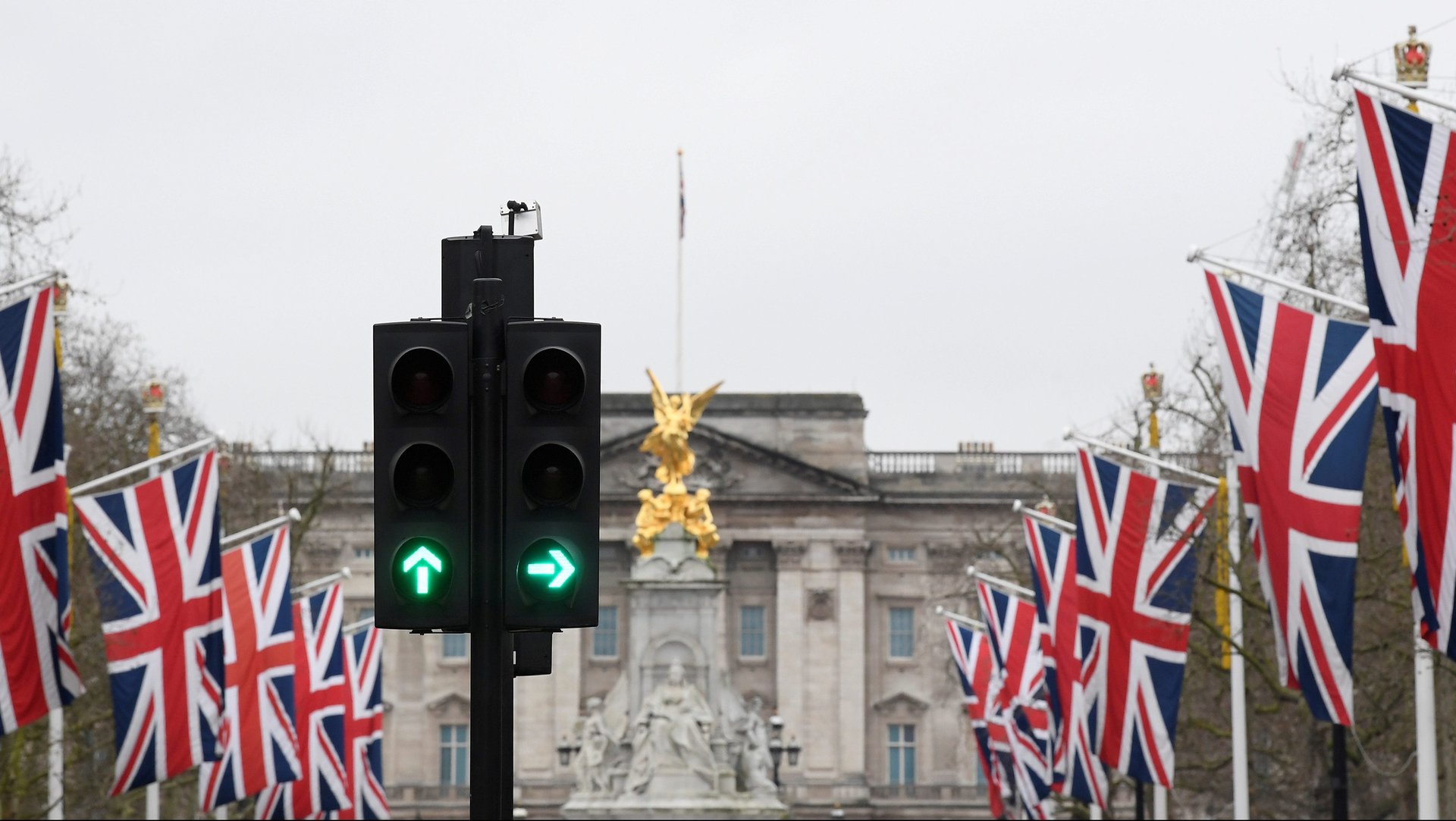The essential numbers of the UK’s Brexit trade deal
Brexit is done—almost. The document laying out the terms of a future relationship between the UK and the European Union has been agreed to in principle. It now just needs to be approved by the 27 EU member states, which speak 24 languages, as well as the UK and EU parliaments, by Dec. 30. Merry Christmas!


Brexit is done—almost. The document laying out the terms of a future relationship between the UK and the European Union has been agreed to in principle. It now just needs to be approved by the 27 EU member states, which speak 24 languages, as well as the UK and EU parliaments, by Dec. 30. Merry Christmas!
The UK left the EU on Jan. 31, 2020 but has operated under European rules during a transition period that is set to end on Dec. 31. Many believed that a failure to strike a deal with the EU would be a guaranteed economic disaster for the UK. But while a deal is probably better than none at all, its terms will be closely scrutinized.
“There will be a lot of devil stuck in the detail,” writes the BBC’s Chris Morris.
UK prime minister Boris Johnson emphasized the UK’s continued ties with the EU in a press conference announcing the deal. “We will be your friend, your ally, your supporter and indeed never let it be forgotten, your number one market,” Johnson said.” Although we have left the EU, this country will remain culturally, emotionally, historically, strategically, geologically attached to Europe.”
“Europe is now moving on,” tweeted Ursula von der Leyen, president of the European Commission.
Here are some of the essential numbers:
- Three: The number of “sticking points” that gummed up negotiations in the final weeks. At play were arguments over fishing rights; a “level playing field,” to prevent either side from having an unfair competitive advantage; and how disputes could get resolved. An agreement over how to manage the Northern Ireland border—a highly contentious issue that dominated debates over Brexit—has been made in principle.
- £580 million ($790 million): The value of fish caught in UK waters by EU boats. Fishing is only a tiny fraction of the UK’s economy, but control over its waters—a proxy for the fight for British sovereignty—became the biggest obstacle to reaching an agreement.
- £670 billion ($910 billion): Value of goods traded annually between UK and EU in 2019.
- 2,000 pages: Rumored length of the legal text accompanying the deal.
- 29: The number of trade deals the UK has struck with other countries, to replace the 40 deals it was automatically part of as an EU member state.
- 1%: The anticipated cap on a pound rally on news of a deal: strategists say much of the optimism around the deal is already priced in, with coronavirus-related restrictions in the UK, and economic weakness, dampening any rally.
- $1.6 trillion: The amount of assets, along with about 7,500 employees, transferred out of the UK and to the European Union by financial services firms in anticipation of Brexit, according to EY.
Some details of the relationship between the EU and the UK will still need to be ironed out, and there will undoubtedly be glitches in the transition period, given the amount of paperwork and regulatory checks that will need to be complied with. But the most important thing is that a much-feared hard Brexit—a departure without any deal at all—has been avoided.
And here are some additional related numbers and facts:
- Two: The number of animals that made an appearance on BBC’s Breakfast Show (a fox, and Larry the Cat—No. 10 Downing Street’s resident feline) as members of the media waited for UK prime minister Boris Johnson’s press conference, initially scheduled for 7am (the news came at 3pm local time).
- Five: the number of phone calls in which Johnson and von der Leyen participated in the 24 hours leading up to the deal.
- 47: Years the UK was a member of the EU.
- 4 years, 6 months: Time since the UK-wide referendum on EU membership, when 52% of the country voting to leave on June 23, 2016.
- 38%: The share of people who said they support leaving the EU at the end of 2020, according to research institute NatCen.
This piece has been updated with comments following the deal’s announcement.